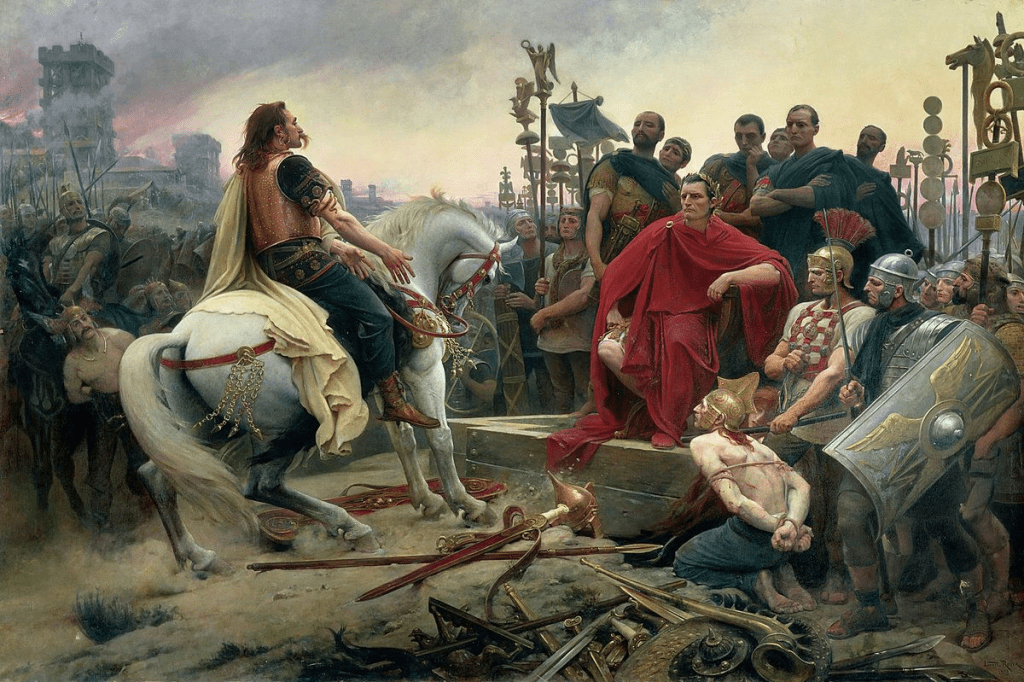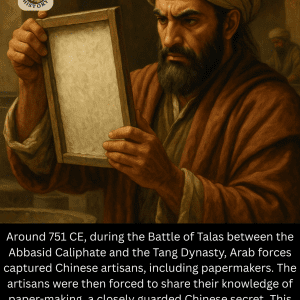The 5th century AD was a turbulent period in European history. Empires were collapsing, borders were shifting, and ancient cultures were being pushed aside by new waves of invaders. One such story unfolded in the region that is now Switzerland, where a powerful Germanic tribe the Alemanni invaded and forever altered the fate of the native Helvetii people.
This lesser-known yet profound episode highlights how quickly cultural identity can change, and how even a native people can come to be seen as strangers in their ancestral homeland.

The Helvetii: An Ancient Celtic People
Before the Alemanni arrived, the Helvetii had called the Swiss plateau home for centuries. They were part of the wider Celtic world, which once stretched across much of Europe. Over time, like many other Celtic tribes, the Helvetii came under Roman influence and control.

Rather than resist Roman culture, the Helvetii embraced it. They adopted Latin as a language, Roman architecture, trade systems, and even citizenship under the empire. By the 4th century AD, they were deeply Romanized living in towns built in the Roman style, participating in Roman military campaigns, and integrating with the broader empire.
But Rome’s grip on the Western world was slipping.
Video:
The Helvet
The Alemanni Push Southward
As the Roman Empire weakened under pressure from internal decay and external threats, Germanic tribes on its borders saw opportunity. Among them were the Alemanni a confederation of tribes known for their warrior culture and fierce independence.
In the early 5th century, the Alemanni moved southward into the Helvetii territory. With little Roman military support left in the region, the Helvetii were unable to resist the invasion. Some were displaced, others likely assimilated, but the cultural shift was undeniable.

From Locals to “Welcher”
One of the most striking aspects of this conquest was what happened after it. Despite being longtime inhabitants of the land, the Helvetii were now seen as “foreigners” by the new Germanic rulers.
The Alemanni referred to the Romanized Helvetii as “Welcher,” a term derived from the old Germanic word walhaz, meaning “Roman” or “outsider.” The irony is painful: people who had lived in the region for generations were now labeled as strangers in their own homeland.
This wasn’t just a name it was a reflection of how dramatically the cultural landscape had shifted. Language, customs, and power all now belonged to the Alemanni, while the Helvetii became marginalized.

Europe in Transition
This local transformation mirrored a much larger pattern sweeping across the continent. As the Western Roman Empire crumbled, Germanic tribes like the Visigoths, Ostrogoths, Vandals, Franks, and Lombards moved into former Roman territories, often displacing older populations and installing new leadership structures.
Video:
Caesar vs the Helvetii (58 B.C.E.
These migrations weren’t chaotic invasions alone. They were also demographic movements entire societies bringing their language, culture, and traditions into Romanized lands. In many cases, they coexisted with remnants of Roman life, but the dominant identity began to shift toward the newcomers.
The Helvetii’s experience was not unique, but it was emblematic of this broader change: the end of the classical world and the dawn of medieval Europe.
Cultural Traces That Remain
Despite their loss of dominance, the legacy of the Helvetii didn’t disappear. The Latin name Helvetia is still used symbolically to represent Switzerland. You’ll find it stamped on coins, postage stamps, and even monuments across the country.
Meanwhile, the Alemanni left their own deep imprint, especially in the German-speaking parts of Switzerland. The Alemannic dialects still spoken in the region today are part of that legacy. Over time, these two cultural threads Celtic-Roman and Germanic wove together to form the complex, multilingual, and diverse identity of modern Switzerland.

Conclusion: A Powerful Lesson in Identity and Change
The story of the Helvetii and the Alemanni reminds us that cultural identity is never fixed. It can be reshaped by power, migration, language, and memory. One people’s homeland can become another’s, and those once native may find themselves recast as “foreigners” through no fault of their own.
In the grand sweep of European history, the Helvetii may seem like a footnote. But their fate speaks to the fragility of belonging and how quickly it can be rewritten by those who come next.


